Better Addiction Care Blogs
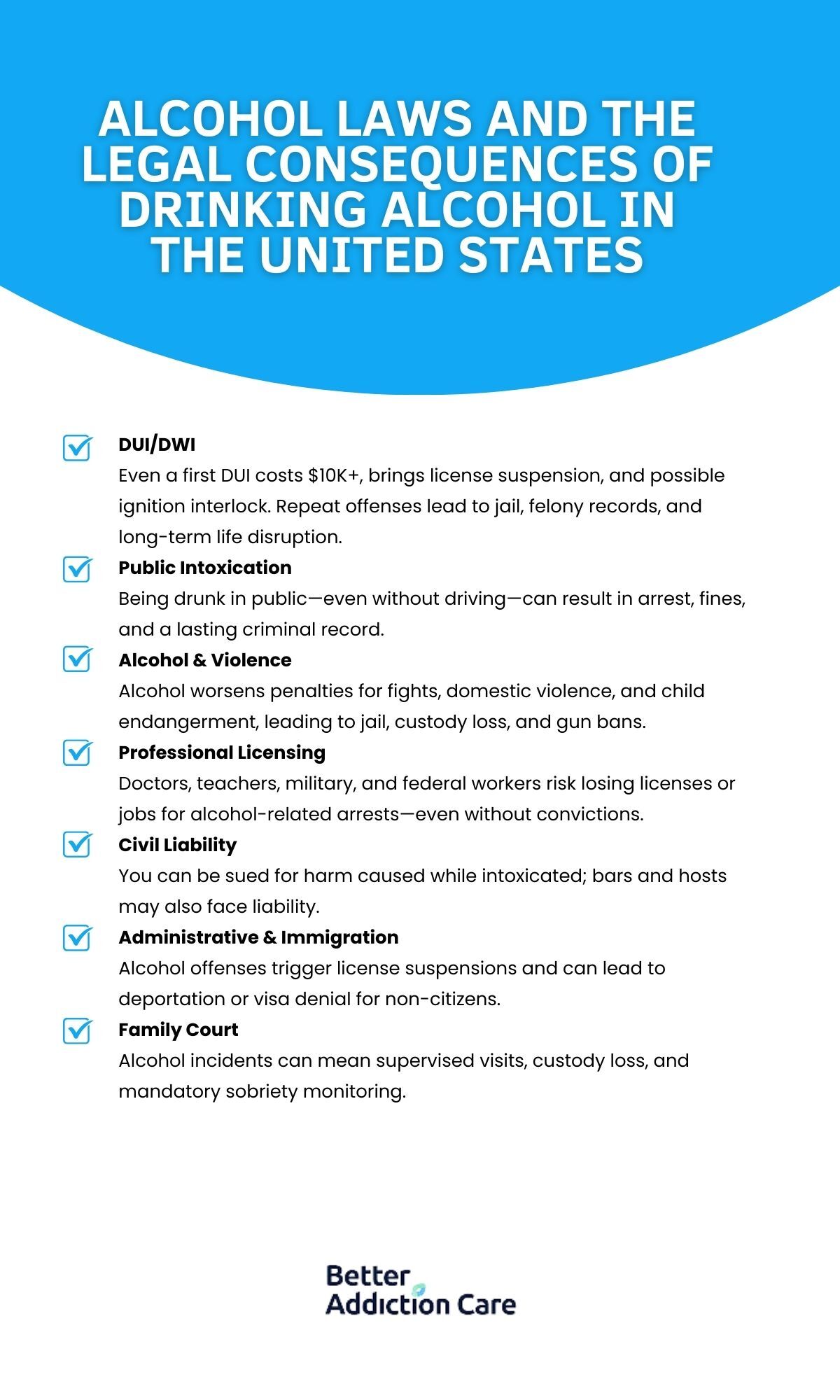
The legal consequences of drinking encompass a range of punitive measures imposed by law when alcohol consumption leads to prohibited or unsafe behavior. These include criminal charges for drunk driving, with a blood alcohol concentration over 0.08% in most countries resulting in fines, imprisonment, or license revocation.
The legal consequences of drinking encompass a range of punitive measures imposed by law when alcohol consumption leads to prohibited or unsafe behavior. These include criminal charges for drunk driving, with a blood alcohol concentration over 0.08% in most countries resulting in fines, imprisonment, or license revocation.
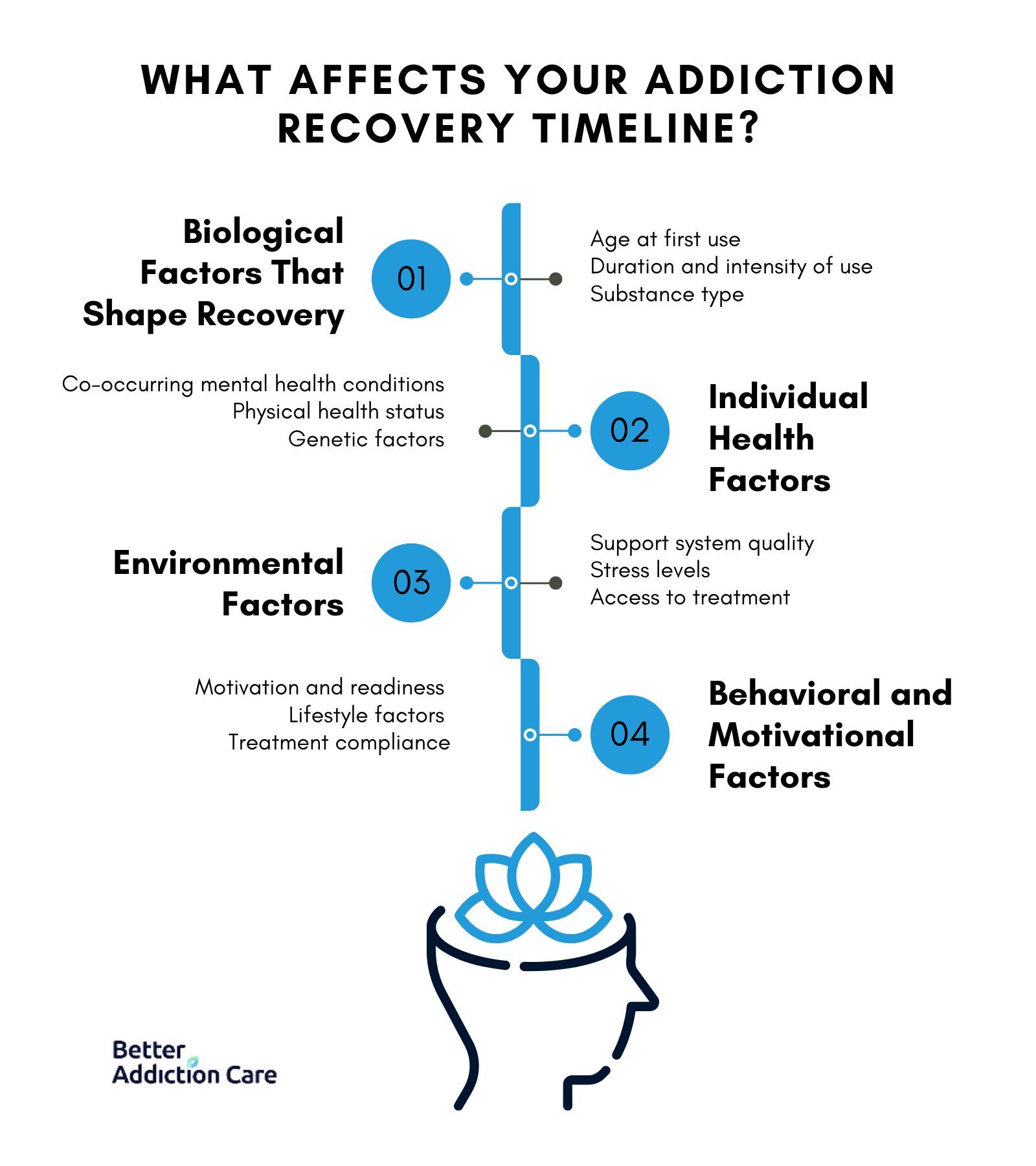
Breaking addiction takes 90 days to 2+ years for most people, with recovery happening in three distinct phases: physical detox (3-30 days), psychological healing (3-6 months), and behavioral reconstruction (6-24 months).
Breaking addiction takes 90 days to 2+ years for most people, with recovery happening in three distinct phases: physical detox (3-30 days), psychological healing (3-6 months), and behavioral reconstruction (6-24 months).
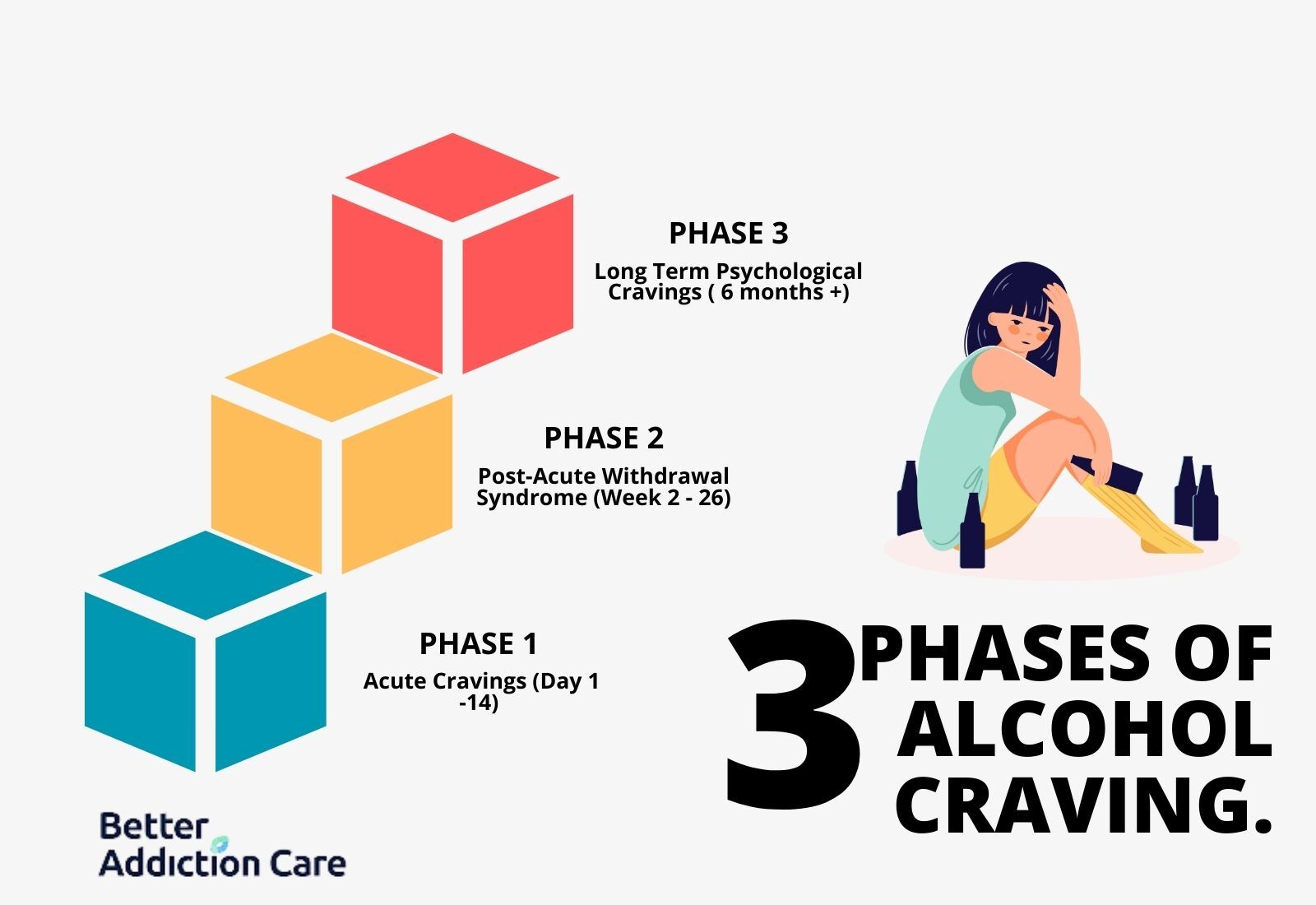
Alcohol cravings last between 3 to 30 minutes for a single craving, but the frequency and intensity can persist for weeks or even months depending on individual recovery progress. One of the most challenging aspects of early recovery is the uncertainty. Cravings make you feel confused, intrusive, and persistent, even after weeks or months of not drinking. Finding out what’s happening in the brain and body removes some of that uncertainty and offers a path forward.
Alcohol cravings last between 3 to 30 minutes for a single craving, but the frequency and intensity can persist for weeks or even months depending on individual recovery progress. One of the most challenging aspects of early recovery is the uncertainty. Cravings make you feel confused, intrusive, and persistent, even after weeks or months of not drinking. Finding out what’s happening in the brain and body removes some of that uncertainty and offers a path forward.
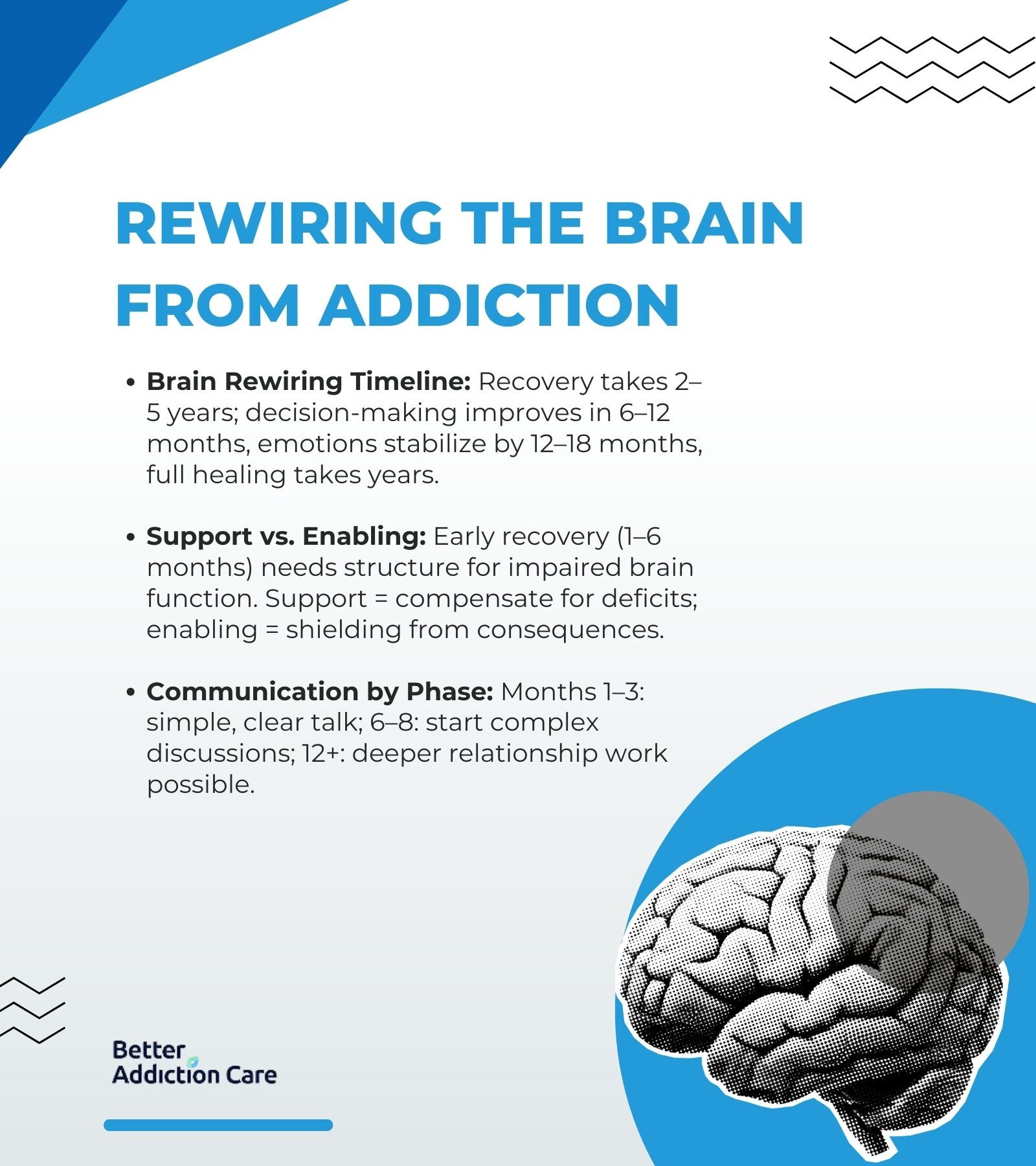
Recovering the brain from addiction takes from 6 months to a few years, depending on factors like the substance used, duration of addiction, individual health, and consistency of recovery effort. 2-5 years for complete brain rewiring, with critical changes happening at predictable intervals.
Recovering the brain from addiction takes from 6 months to a few years, depending on factors like the substance used, duration of addiction, individual health, and consistency of recovery effort. 2-5 years for complete brain rewiring, with critical changes happening at predictable intervals.
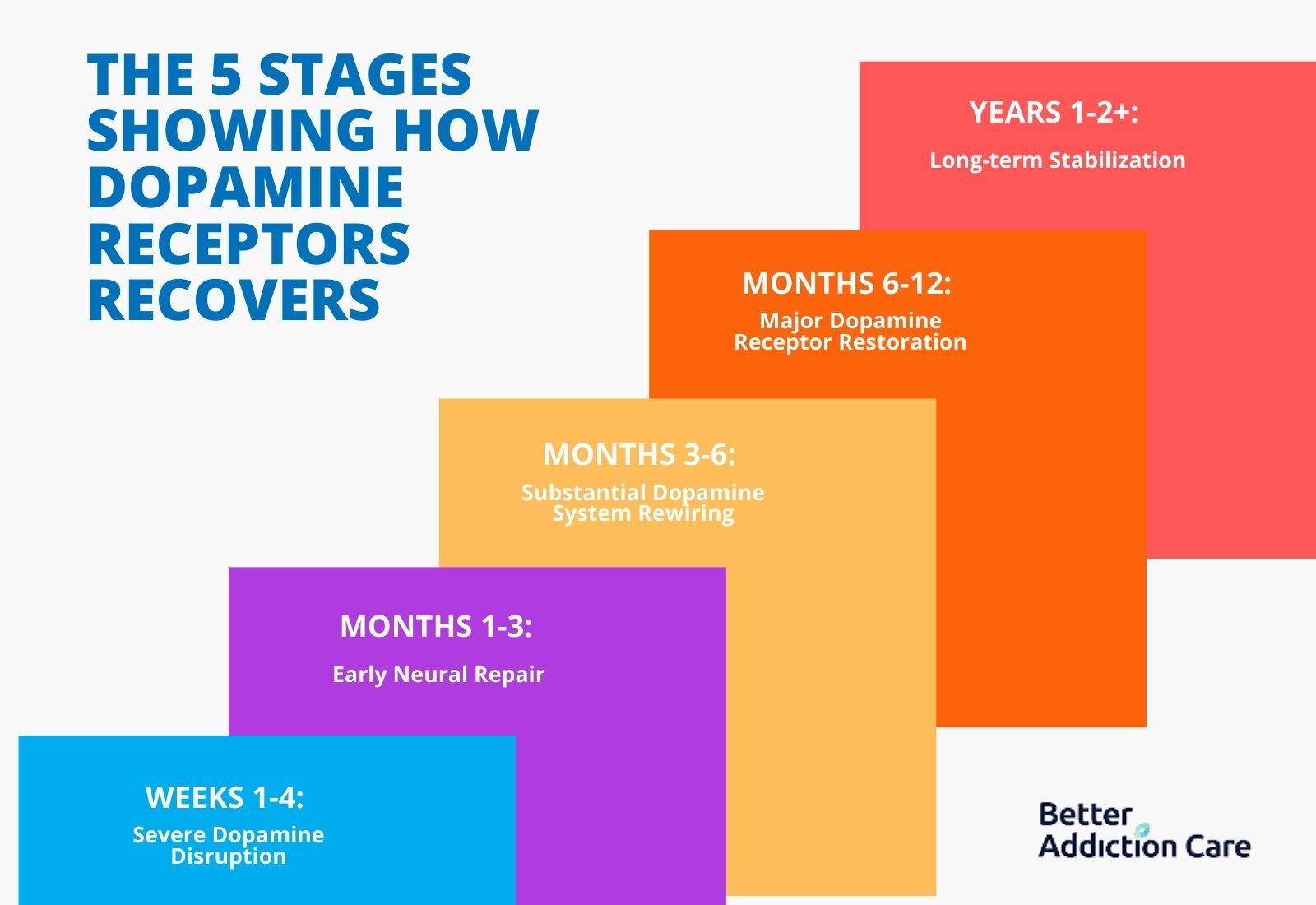
Dopamine receptors begin healing within 3 weeks of abstinence. Still, full recovery can take 3 to 12 months or longer, depending on factors such as the substance used, duration of addiction, and individual brain chemistry.
Dopamine receptors begin healing within 3 weeks of abstinence. Still, full recovery can take 3 to 12 months or longer, depending on factors such as the substance used, duration of addiction, and individual brain chemistry.

Short–term detox programs grant individuals who are in the grip of a substance abuse disorder a temporary solution, which allows them to gradually and safely go off drugs or alcohol over a short period under closely monitored conditions.
Short–term detox programs grant individuals who are in the grip of a substance abuse disorder a temporary solution, which allows them to gradually and safely go off drugs or alcohol over a short period under closely monitored conditions.
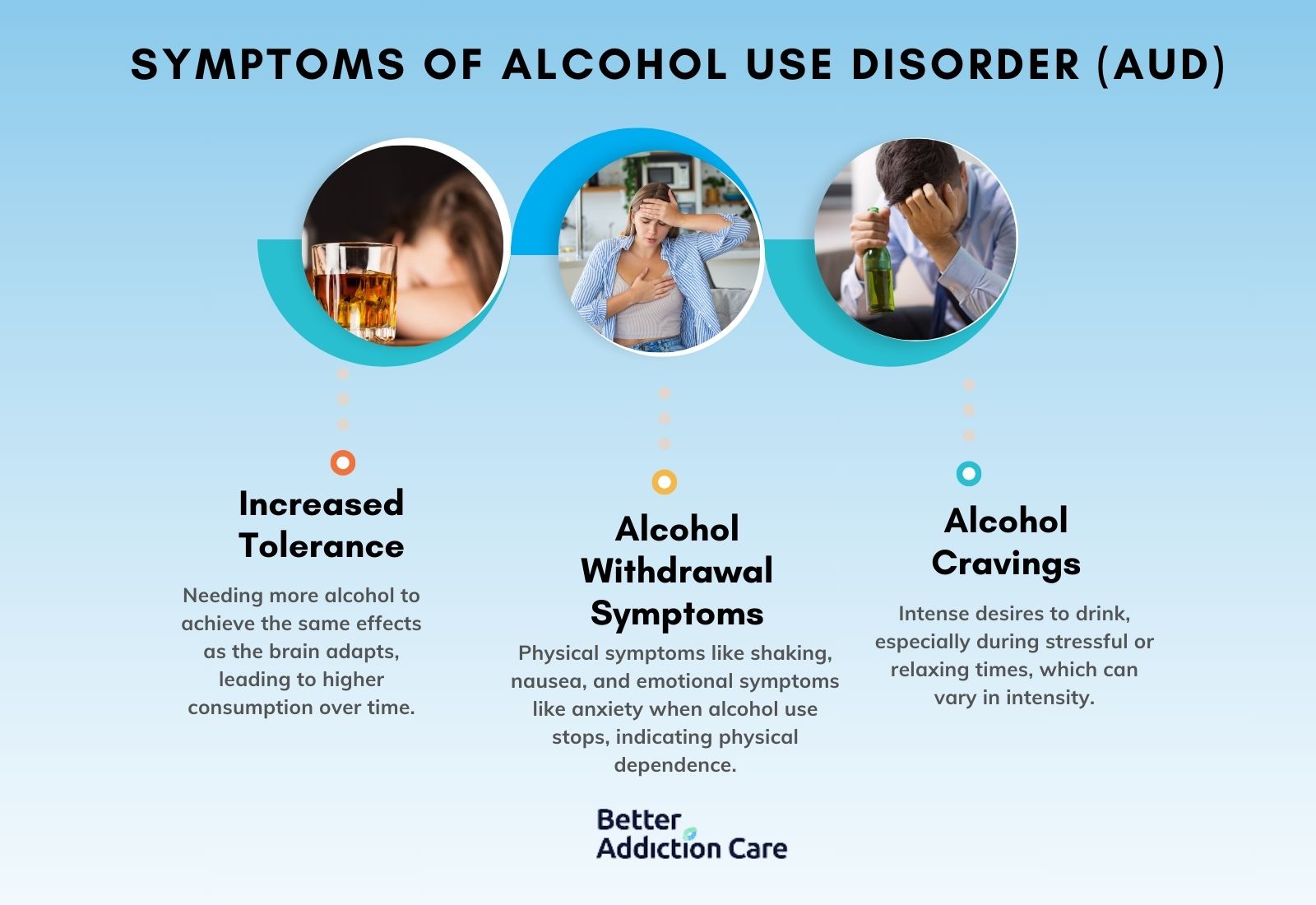
Alcohol addiction, also known as alcoholism, is a chronic disease where individuals lose control over their drinking habits despite harmful consequences. Alcohol use disorder is marked by both physical and psychological dependence, which causes significant damage to one’s health and life over time.
Alcohol addiction, also known as alcoholism, is a chronic disease where individuals lose control over their drinking habits despite harmful consequences. Alcohol use disorder is marked by both physical and psychological dependence, which causes significant damage to one’s health and life over time.
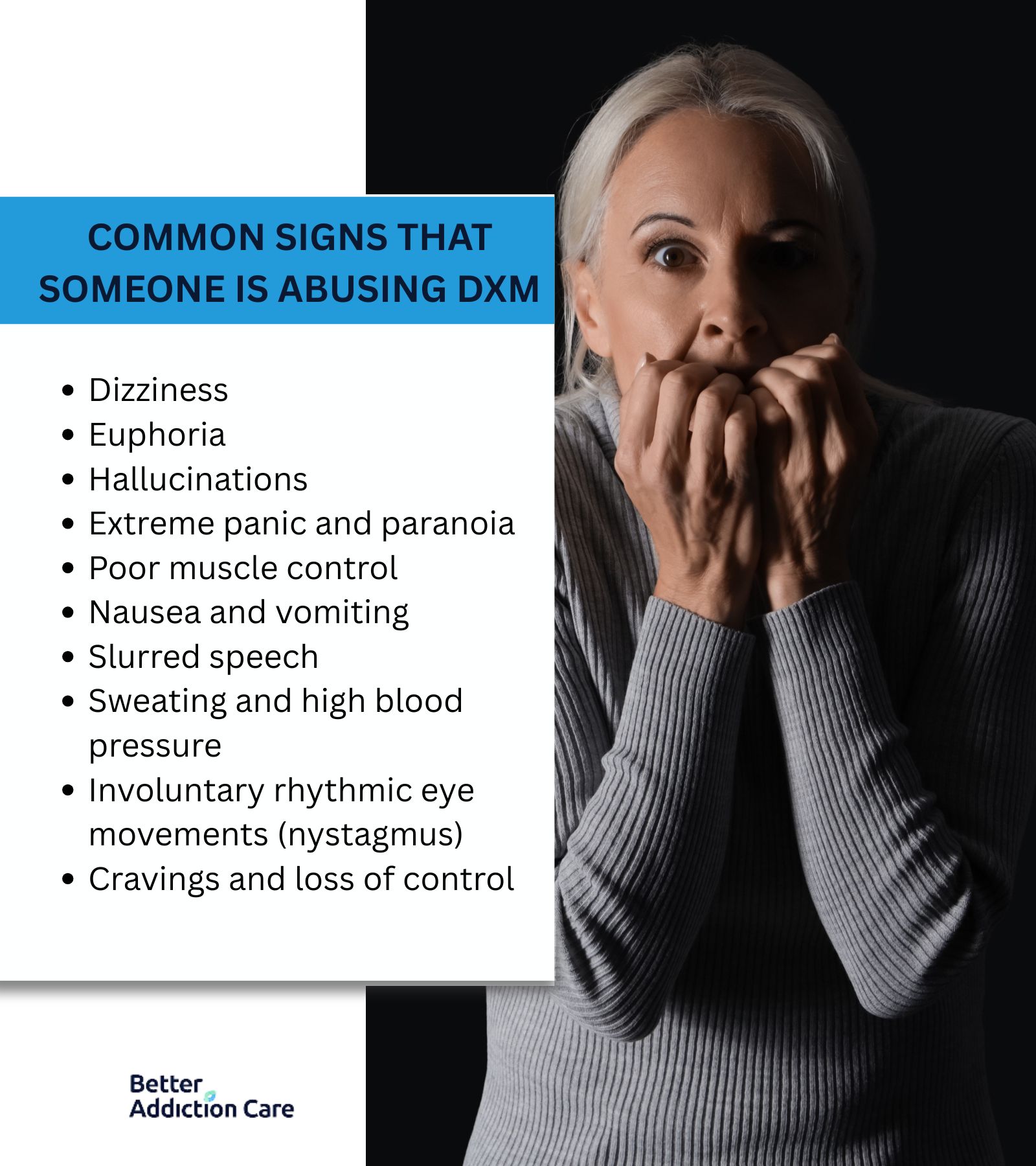
Dextromethorphan is a cough suppressant (antitussive) found in over 120 over-the-counter (OTC) cold medications, including brands like Robitussin and Delsym. It acts on your brain’s cough reflex signals to reduce dry coughs caused by colds, flu, or other conditions.
Dextromethorphan is a cough suppressant (antitussive) found in over 120 over-the-counter (OTC) cold medications, including brands like Robitussin and Delsym. It acts on your brain’s cough reflex signals to reduce dry coughs caused by colds, flu, or other conditions.
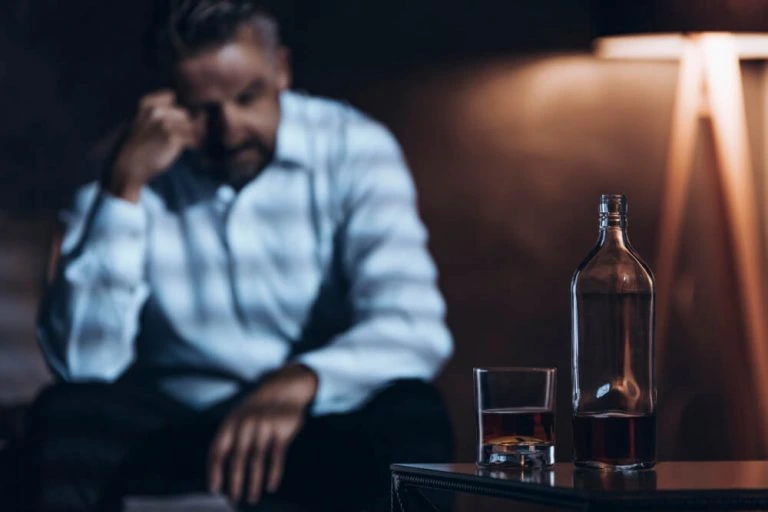
Outpatient alcohol treatment provides structured therapy and medical support while allowing individuals to live at home, offering flexibility and lower costs compared to inpatient care, though effectiveness depends on commitment and support systems.
Outpatient alcohol treatment provides structured therapy and medical support while allowing individuals to live at home, offering flexibility and lower costs compared to inpatient care, though effectiveness depends on commitment and support systems.
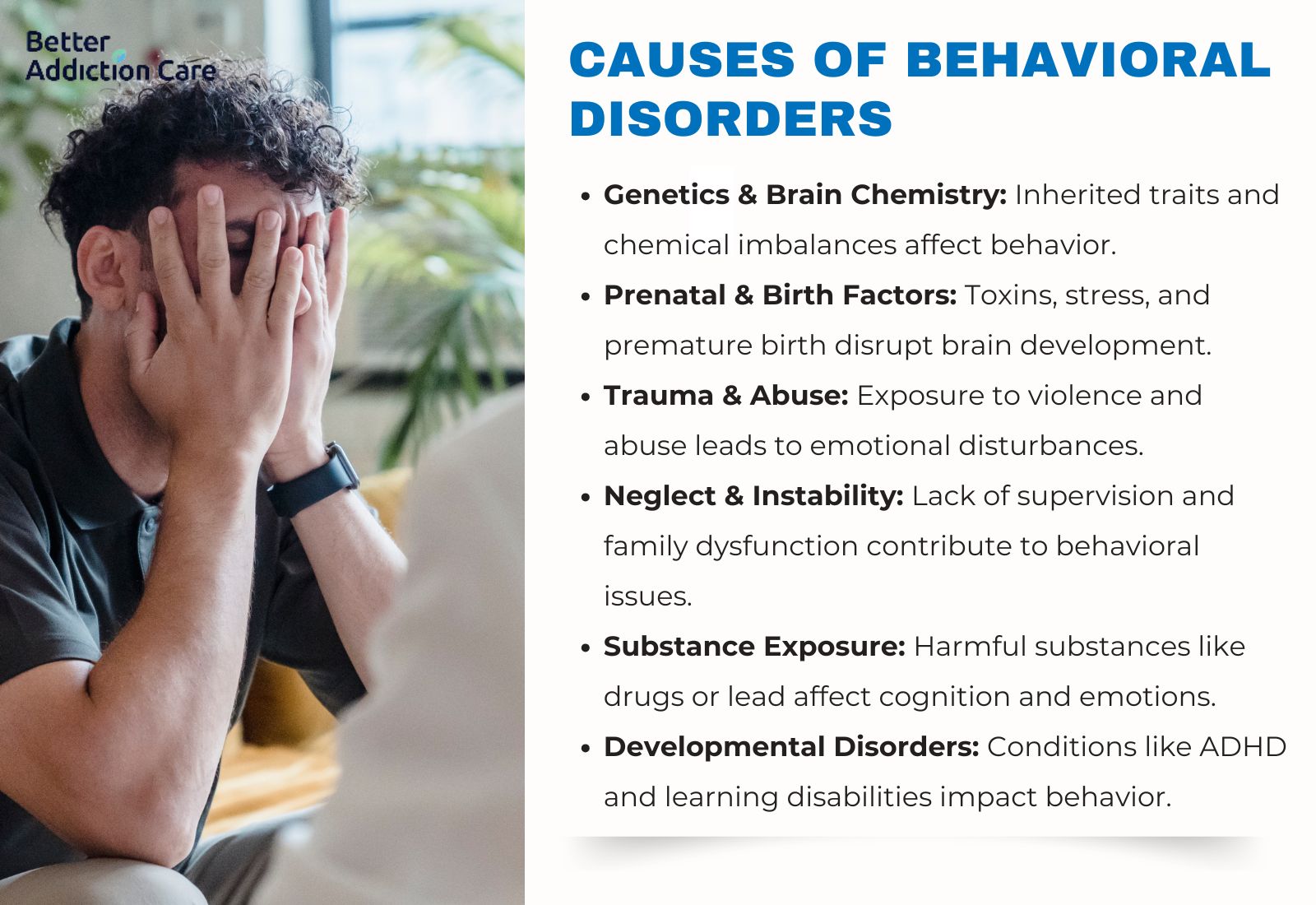
Behavioral disorders are serious conditions that disrupt a person’s ability to manage emotions, behaviors, and relationships in daily life. These patterns of disruptive behavior go beyond occasional misbehavior and significantly impact social, academic, and occupational functioning.
Behavioral disorders are serious conditions that disrupt a person’s ability to manage emotions, behaviors, and relationships in daily life. These patterns of disruptive behavior go beyond occasional misbehavior and significantly impact social, academic, and occupational functioning.
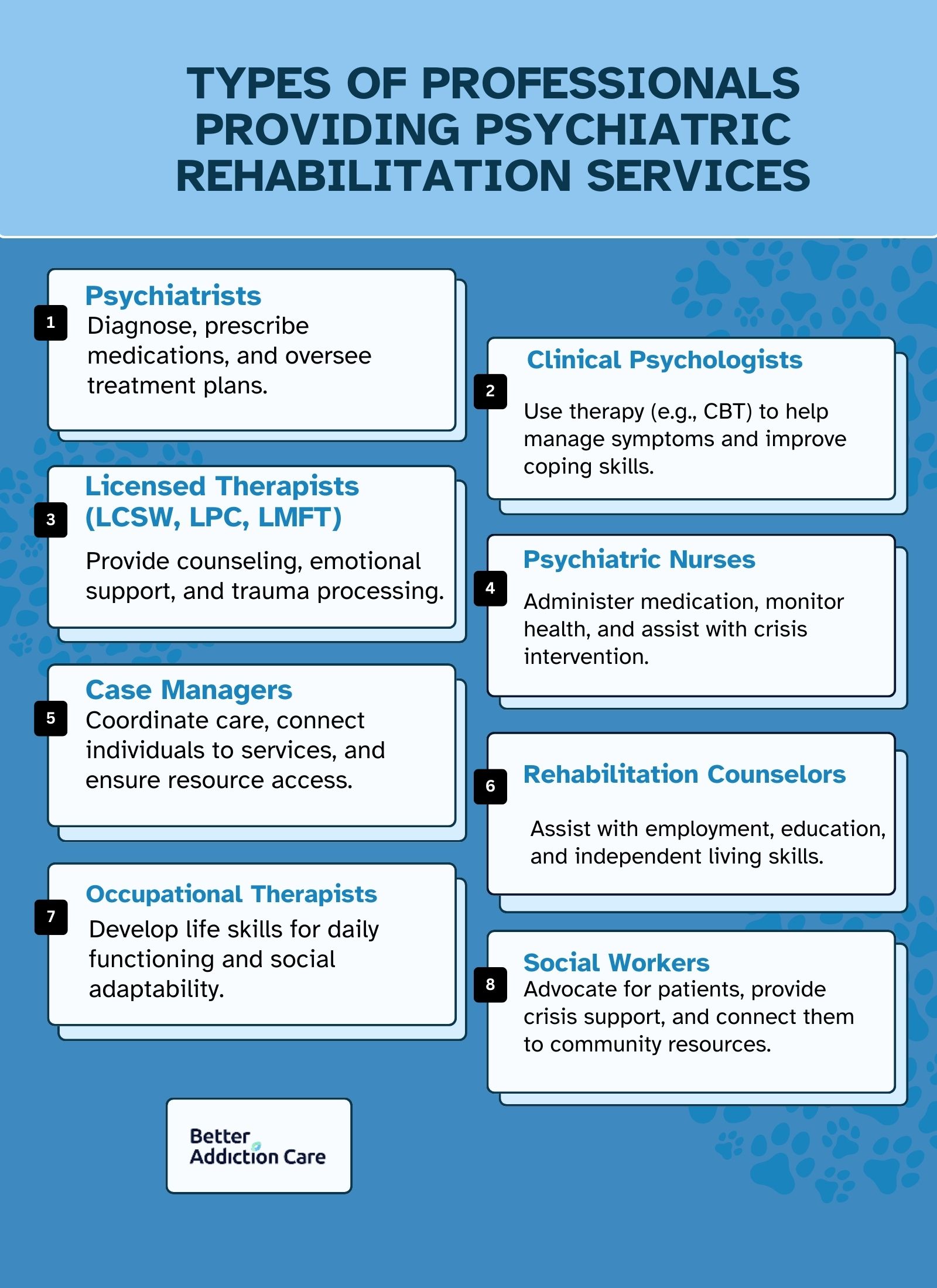
Psychiatric rehabilitation helps individuals with severe mental health conditions regain independence, develop coping skills, and reintegrate into society. Psychiatric rehabilitation focuses on improving emotional, social, and vocational functioning through structured interventions, combining therapy, medication management, and life skills training to enhance overall well-being.
Psychiatric rehabilitation helps individuals with severe mental health conditions regain independence, develop coping skills, and reintegrate into society. Psychiatric rehabilitation focuses on improving emotional, social, and vocational functioning through structured interventions, combining therapy, medication management, and life skills training to enhance overall well-being.

Are you wondering if quitting alcohol cold turkey is dangerous? Learn about the risks, the timeline, and get essential tips for quitting alcohol cold turkey safely.After reading this article, you’ll have all of the insightful information that will allow you to create a solid plan to tackle this head-on as safely as possible.
Are you wondering if quitting alcohol cold turkey is dangerous? Learn about the risks, the timeline, and get essential tips for quitting alcohol cold turkey safely.After reading this article, you’ll have all of the insightful information that will allow you to create a solid plan to tackle this head-on as safely as possible.
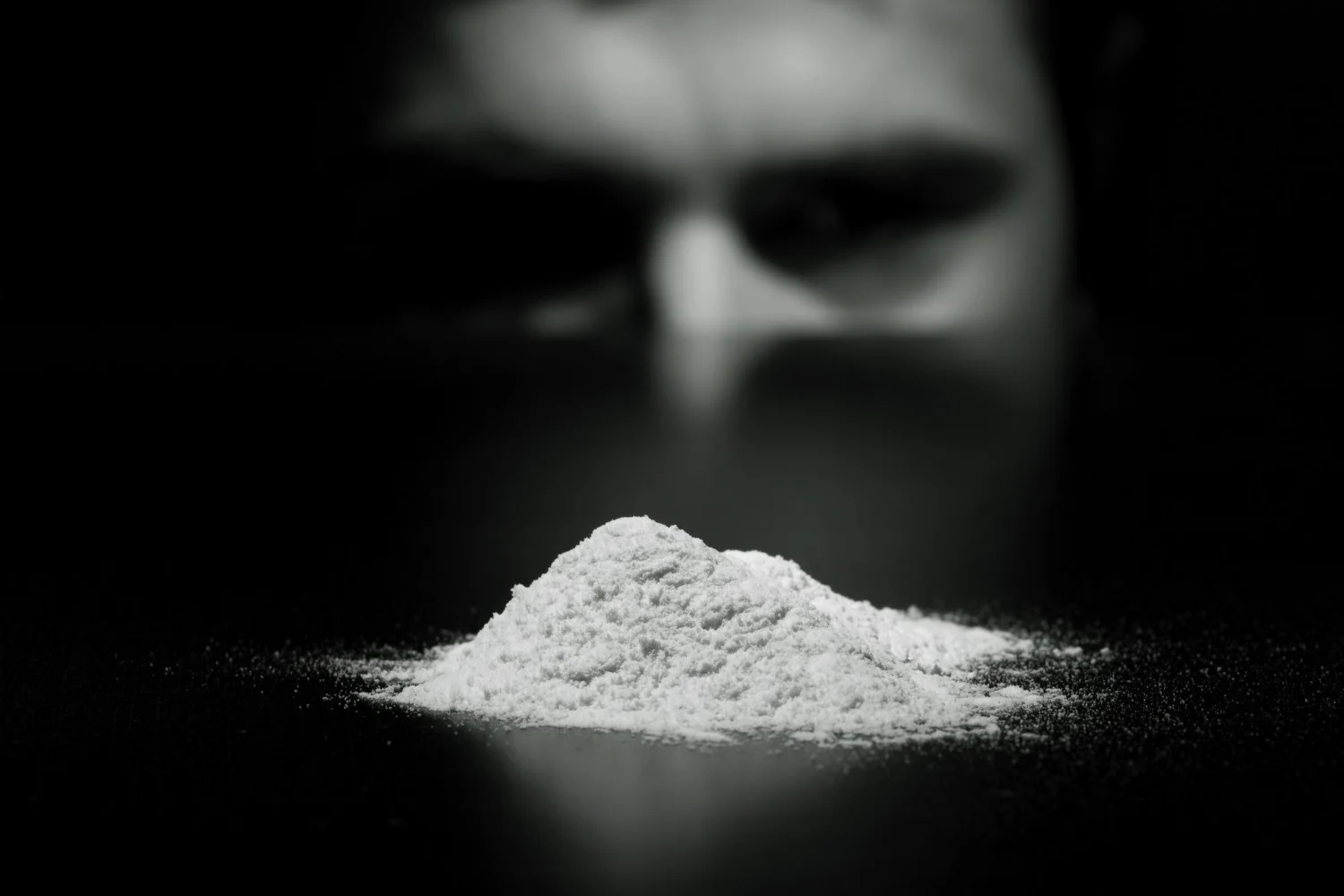
The long-term effects of cocaine addiction are severe, complex, and, many times, irreversible. The first addictive effects of the substance include pleasure, boosted energy, and confidence. Ongoing use, however, leads to tolerance, and higher dosages are needed to achieve the same results, which raises the risk of addiction and health problems.
The long-term effects of cocaine addiction are severe, complex, and, many times, irreversible. The first addictive effects of the substance include pleasure, boosted energy, and confidence. Ongoing use, however, leads to tolerance, and higher dosages are needed to achieve the same results, which raises the risk of addiction and health problems.
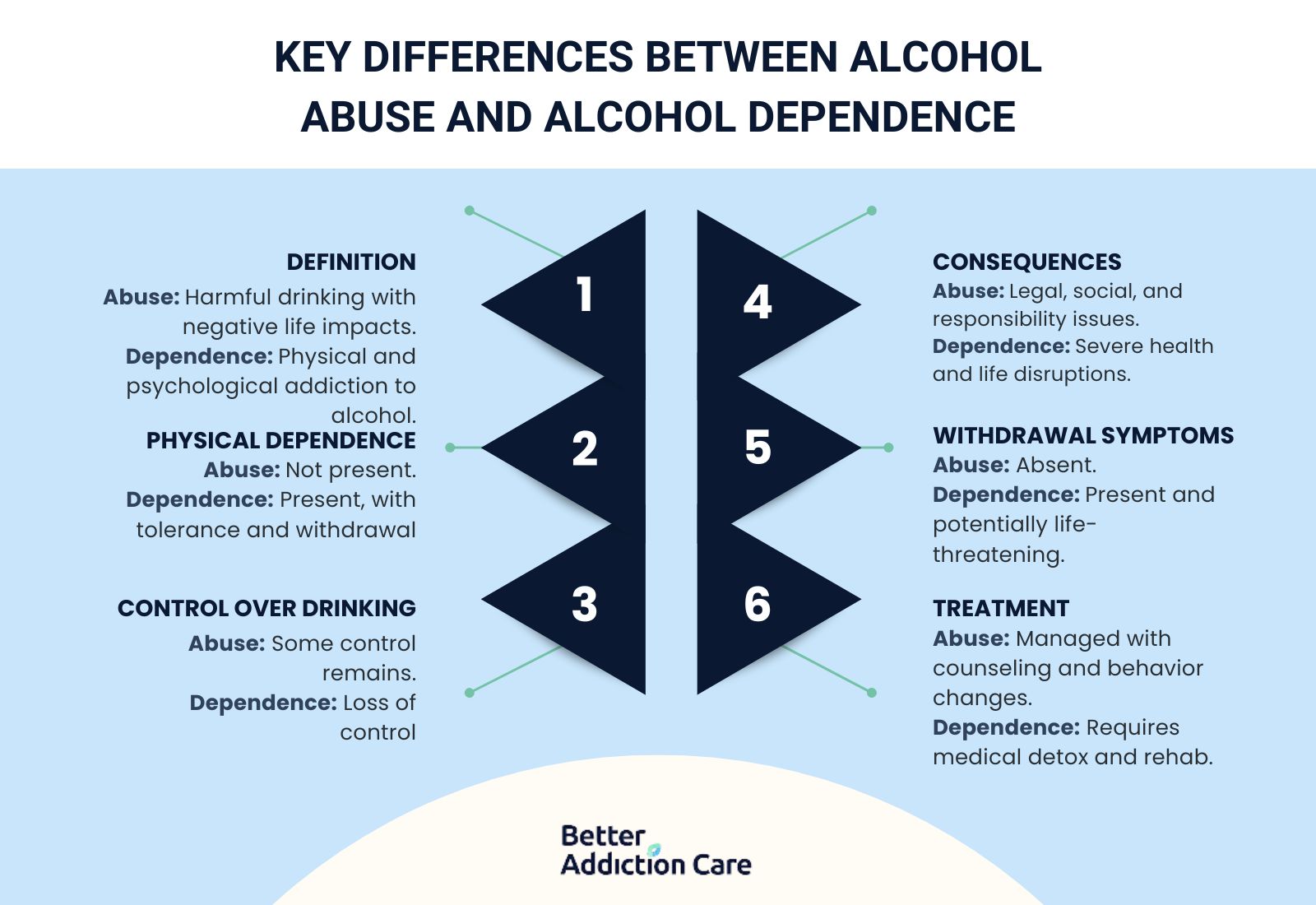
dependence states that abuse involves harmful drinking patterns without full physical reliance, while dependence includes tolerance and withdrawal, with causes rooted in social, psychological, and biological factors, and rehabilitation requiring counseling, medical treatment, and long-term support.
dependence states that abuse involves harmful drinking patterns without full physical reliance, while dependence includes tolerance and withdrawal, with causes rooted in social, psychological, and biological factors, and rehabilitation requiring counseling, medical treatment, and long-term support.
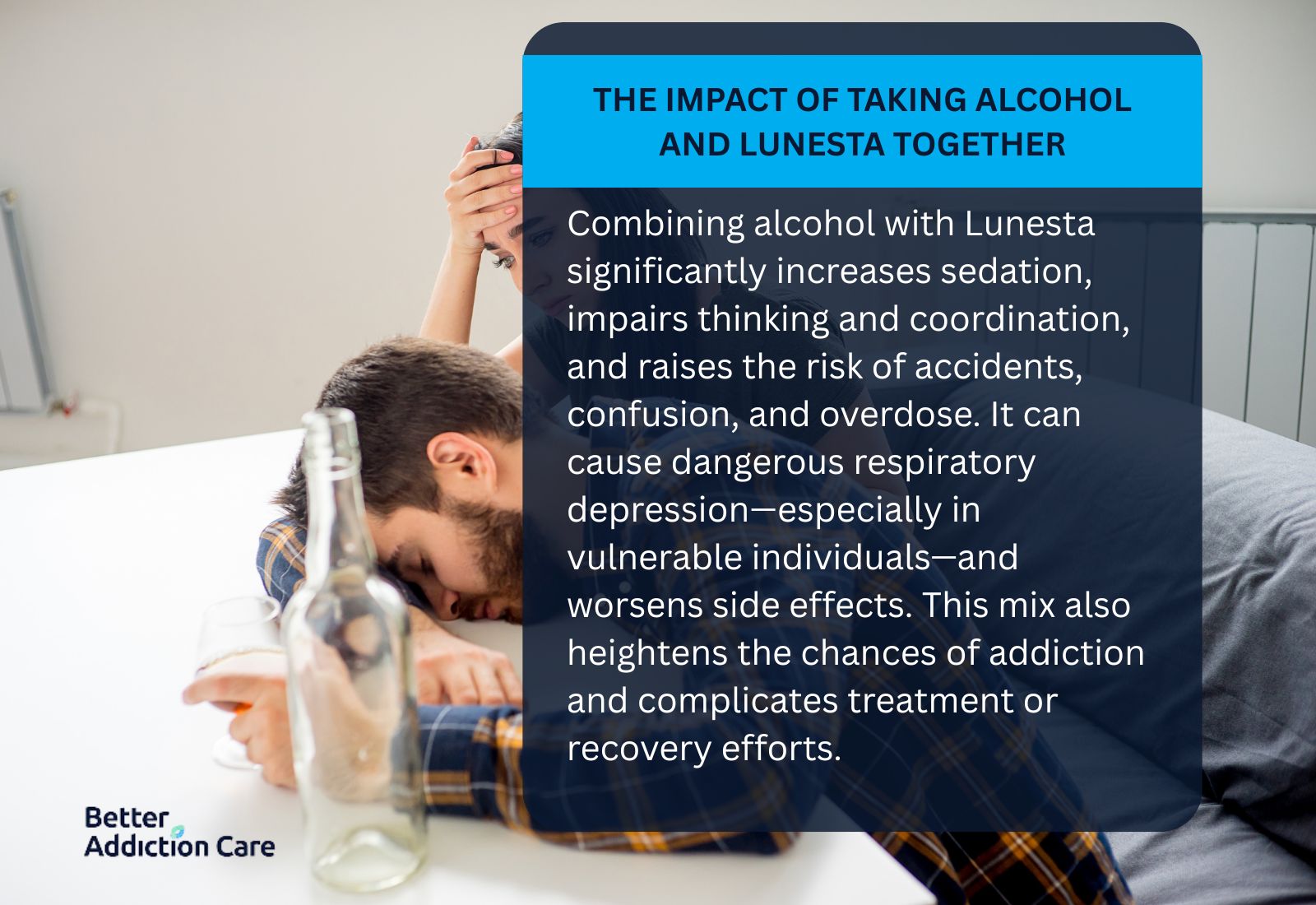
Mixing Lunesta and alcohol is highly dangerous because it intensifies central nervous system depression, increases mental instability, and significantly raises the risk of fatal overdose.Mixing Lunesta (eszopiclone) and alcohol creates a dangerous combination that significantly impacts the central nervous system.
Mixing Lunesta and alcohol is highly dangerous because it intensifies central nervous system depression, increases mental instability, and significantly raises the risk of fatal overdose.Mixing Lunesta (eszopiclone) and alcohol creates a dangerous combination that significantly impacts the central nervous system.
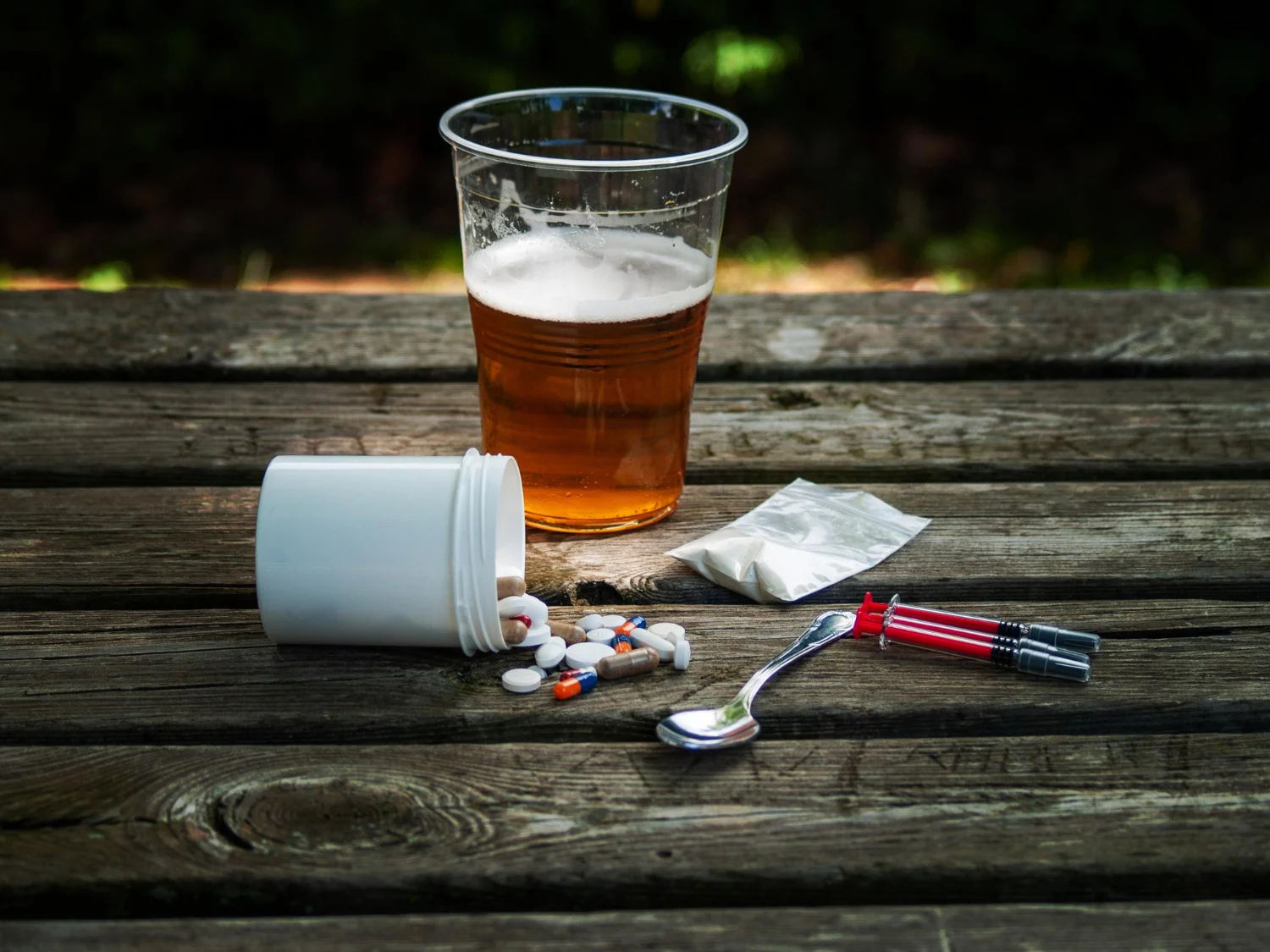
Alcohol and drug abuse involve harmful patterns of substance use that cause physical, psychological, and social symptoms, lead to severe health and life consequences, and require structured recovery paths through treatment, support, and lifestyle change.
Alcohol and drug abuse involve harmful patterns of substance use that cause physical, psychological, and social symptoms, lead to severe health and life consequences, and require structured recovery paths through treatment, support, and lifestyle change.

Addiction stigma harms individuals by reinforcing shame and isolation. Addiction stigma is overcome through education, empathy, open dialogue, and supportive recovery-focused policies.Addiction is a complicated and diverse problem that affects millions of people around the world.
Addiction stigma harms individuals by reinforcing shame and isolation. Addiction stigma is overcome through education, empathy, open dialogue, and supportive recovery-focused policies.Addiction is a complicated and diverse problem that affects millions of people around the world.

Halfway houses, also known as sober living homes or transitional living facilities, are housing programs offered to individuals who are transitioning back into society after completing a rehabilitation program, serving a prison term, or experiencing other kinds of life struggles that require extra structure and support to reintegrate into everyday life.
Halfway houses, also known as sober living homes or transitional living facilities, are housing programs offered to individuals who are transitioning back into society after completing a rehabilitation program, serving a prison term, or experiencing other kinds of life struggles that require extra structure and support to reintegrate into everyday life.
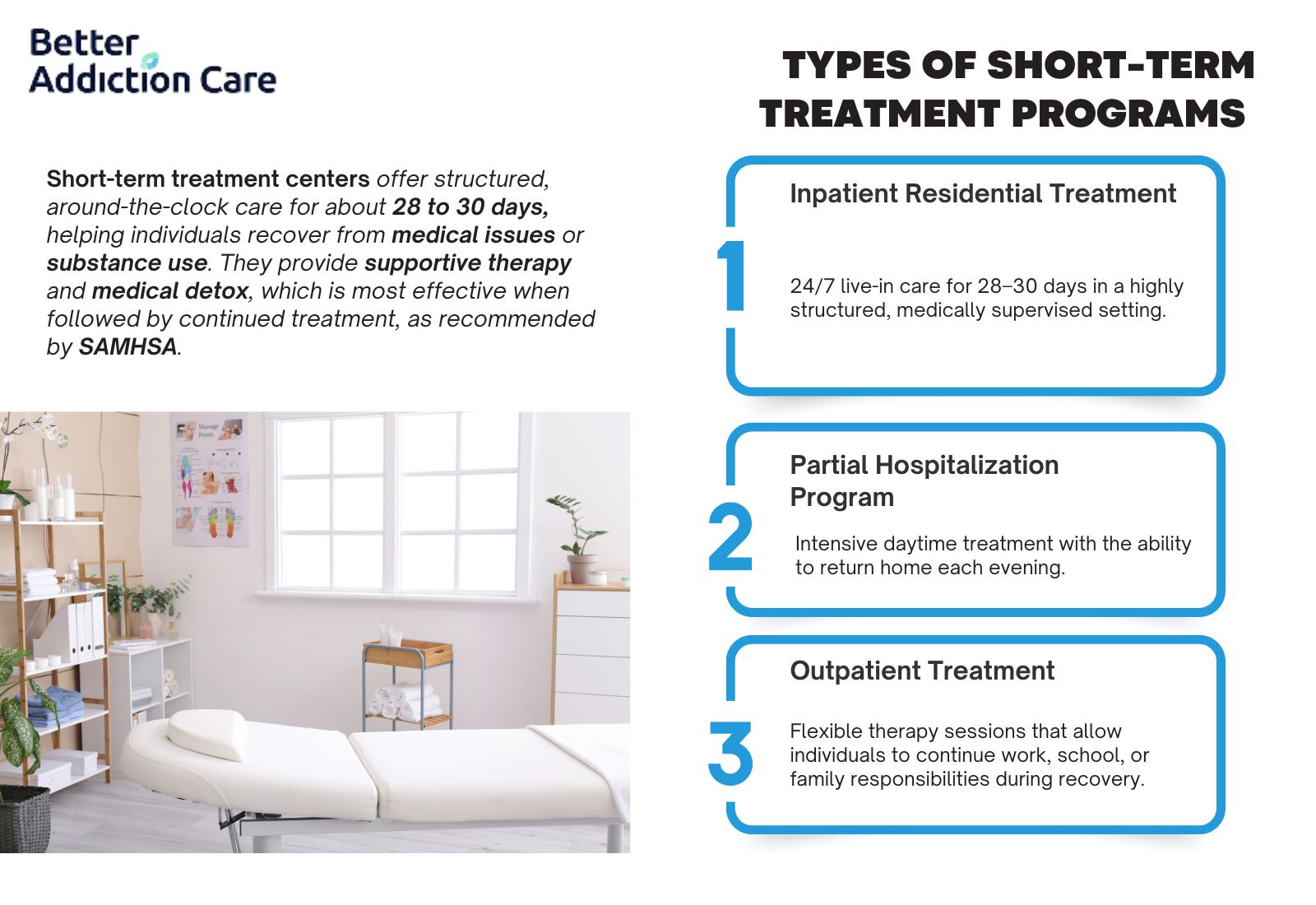
Are you struggling with addiction but are afraid to go to treatment for fear of how long you will have to stay? Well, you don’t always have to commit to a long, overwhelming process. Short-term treatment centers offer focused, compassionate care designed to help you regain strength and balance, physically, mentally, and emotionally, in just a few weeks.
Are you struggling with addiction but are afraid to go to treatment for fear of how long you will have to stay? Well, you don’t always have to commit to a long, overwhelming process. Short-term treatment centers offer focused, compassionate care designed to help you regain strength and balance, physically, mentally, and emotionally, in just a few weeks.
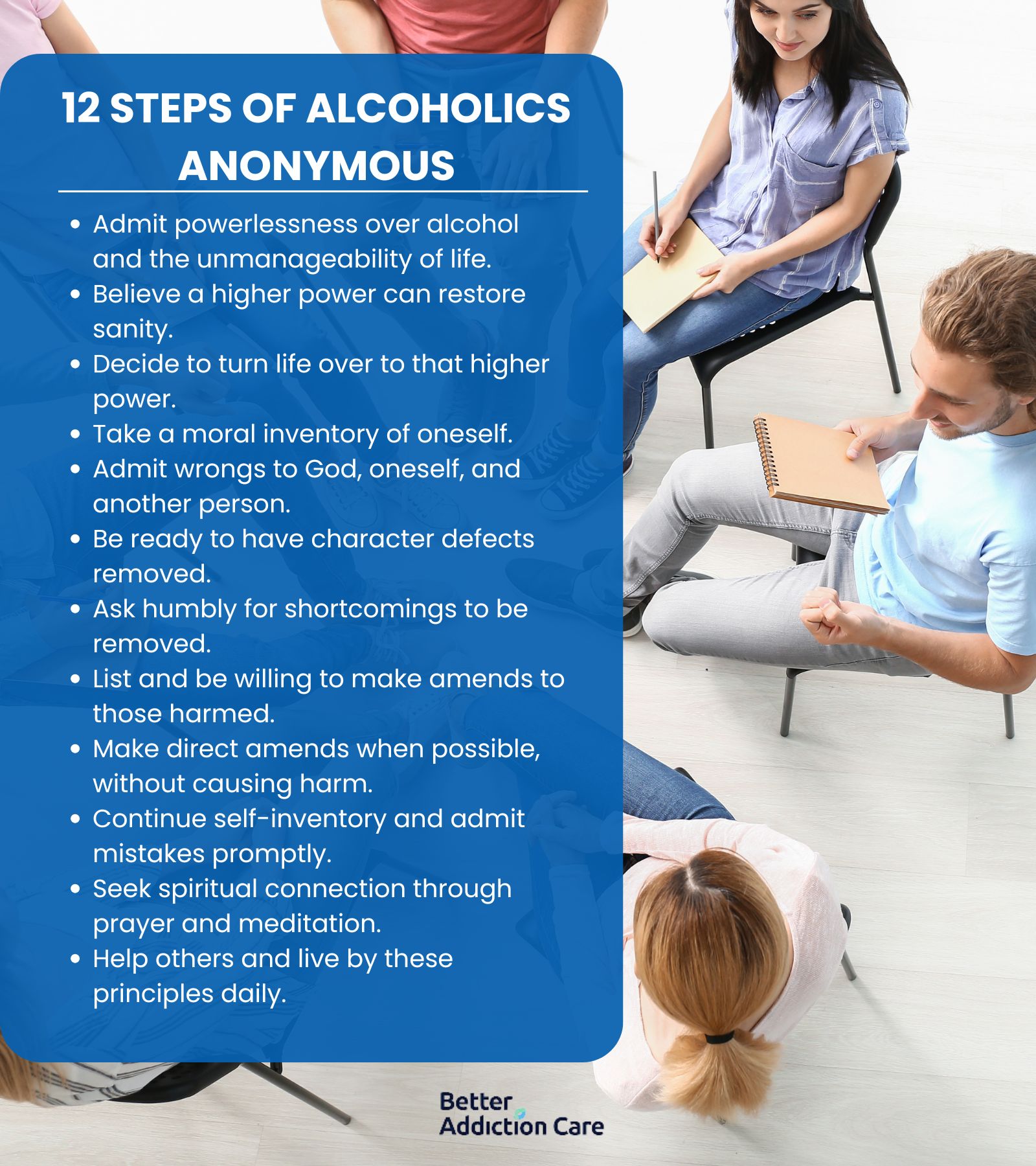
Alcoholics Anonymous (AA) offers a welcoming, community-based path to recovery if you're seeking support for alcohol addiction. AA is built around the 12 Steps principles that guide personal healing, accountability, and lasting sobriety.
Alcoholics Anonymous (AA) offers a welcoming, community-based path to recovery if you're seeking support for alcohol addiction. AA is built around the 12 Steps principles that guide personal healing, accountability, and lasting sobriety.
